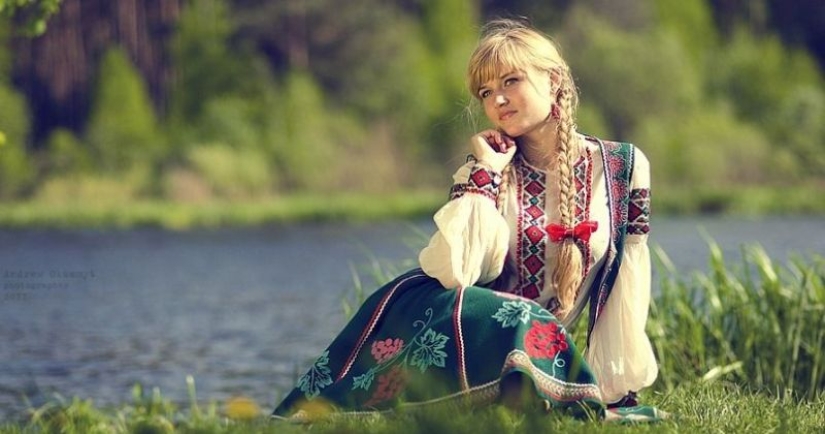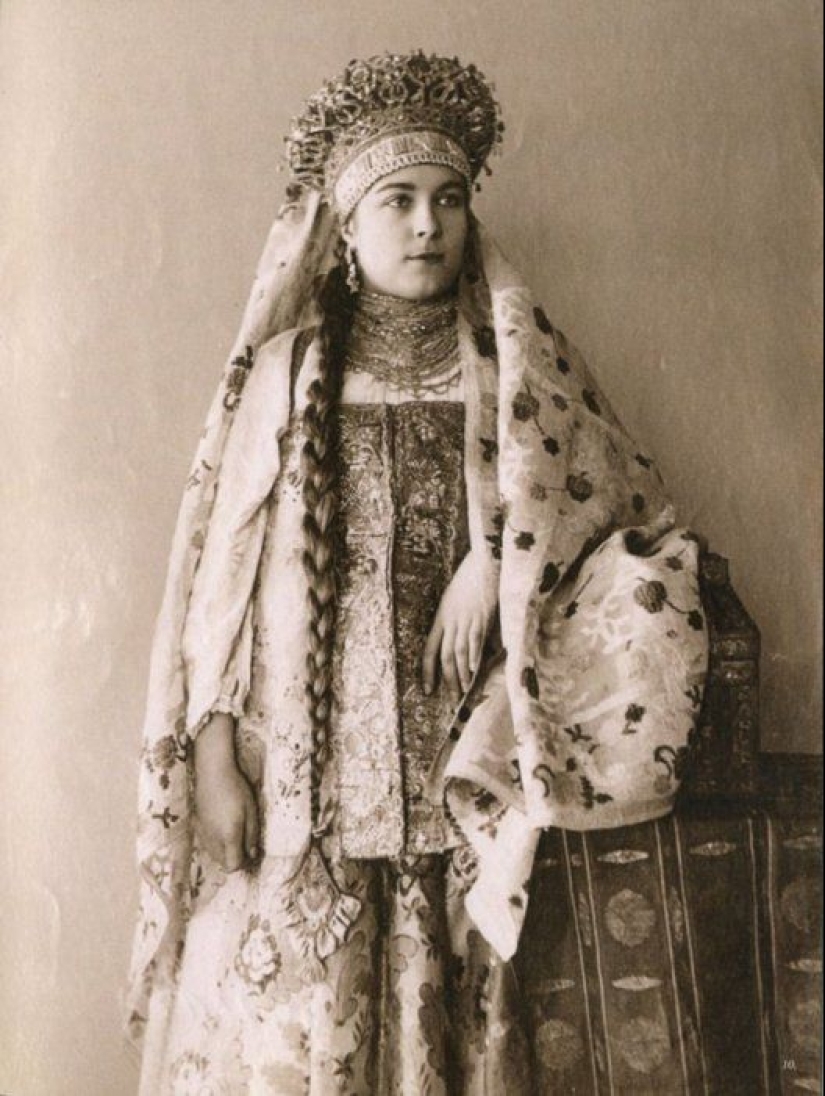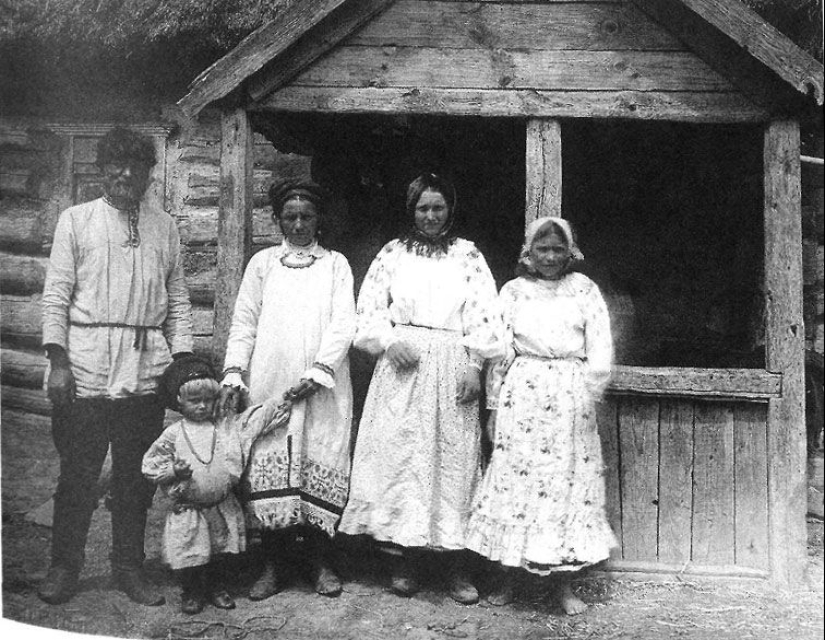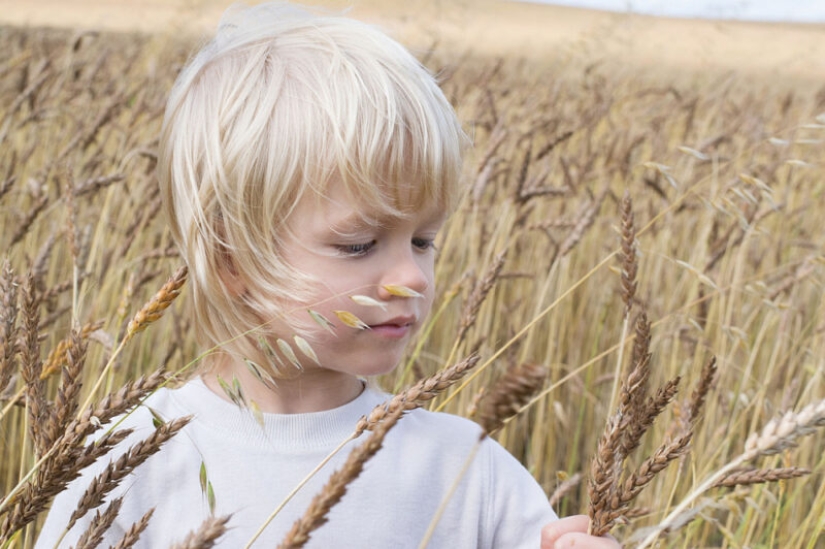What facial features can tell you about what part of Russia your ancestors lived in
Categories: Nations
By Pictolic https://pictolic.com/article/what-facial-features-can-tell-you-about-what-part-of-russia-your-ancestors-lived-in.htmlIt is believed that the Russians are a nation that is quite homogeneous in its anthropometry and genetics. Residents of different, sometimes very remote regions of the country are very similar to each other in a number of basic features. Nevertheless, there are differences and make it possible to determine where our distant ancestors lived.

Many years of research conducted by the anthropological expedition of Viktor Bunak, found out that Russians are divided by types into certain groups. Thanks to the work of the scientist, it is now possible to distinguish Russians of the central type living in Moscow, in the Moskovsky district, just south and northeast of the capital, the Klyazmin type from Vladimir, the West-Upper Volga type, covering residents of territories from Tver to Yaroslavl and at least ten other different types.
To determine each anthropometric type, scientists had to study at least 250 people in each group. Common characteristic features were identified for them. For example, the Ilmensk-Belozersky type is distinguished by light hair, a narrow face and a tall stature. The eye color of 70% of the representatives of this group is gray, blue or green, and only 1% have dark eyes. The average height of a resident of Pskov and Novgorod is 167 cm, which is higher than in other regions of Russia.
The inhabitants of the Baltic are close in phenotype to the Nordic peoples. They are distinguished by lips of medium thickness, about 16 mm, and 85% of them have a fold of the upper eyelid. This type has a long and thin nose, the base of which is slightly raised in a third of the representatives of the type. Only 9% of the population has a "duck" nose here. Men of this type do not have too thick beards.

In the Arkhangelsk region, people live with a low nose bridge and wide noses and thick lips, compared to other types. Most of them inherited light hair and light eyes, and 16% have a clearly visible concave back of the nose, which is much less common in other regions. The men here also can not boast of thick beards.
The Valdai-Upper Dnieper type is distinguished by a round head and a long and narrow nose with a wide face. 80% of the population has a crease on the eyelid here. Half of the residents of the region are fair-haired, and 41% have light eyes. And again, men are characterized by rare beards. Residents of the cities of Bely, Ostrov, Velizh, Velikiye Luki, Opochka also have similar facial features. Their round faces are 124 mm high and 141 mm wide. But here men are more likely to have thick beards.

The men of Kostroma, belonging to the East-Upper Volga type, also received thick beards from their ancestors. Representatives of the type have an elongated face, a long nose and thin lips. Up to 71% of the local population have dark hair, and 57% also have dark eyes.
Residents of the central part of Russia were lucky with the highest growth. They have dark hair and eyes, a straight narrow nose with a raised bridge, narrow lips and a round head. Nature has awarded only 30% of the population in this region with light hair, and men have rare beards.

There are also people with genetic mutations living among us, many of whom are very attractive. But, you must agree, it is not at all easy to visually determine the anthropological type of a person who has one blue eye and the other green.
Keywords: Anthropology | Genetics | Research | Muscovites | Russians
Post News ArticleRecent articles

Yuuki Morita is a promising young sculptor and artist from Japan. The source of inspiration for him was nature, its diversity and ...

What kind of wedding traditions do not happen! The Scots pour dirty slush over the bride, some peoples of India have decided to get ...
Related articles

It is well known that giving up bad habits, physical activity and good sleep can prolong a person's youth. More recently, another ...

Sex — is not only enjoyable, but also a very useful exercise. Orgasm improves the General condition of the organs and ...

For many years we are actively taught that modern foods are insufficient, the content of useful substances. Because of this, our ...

Gloria Ramirez can be considered a very ordinary American. Her life was quite happy and unremarkable. Everything changed when she ...